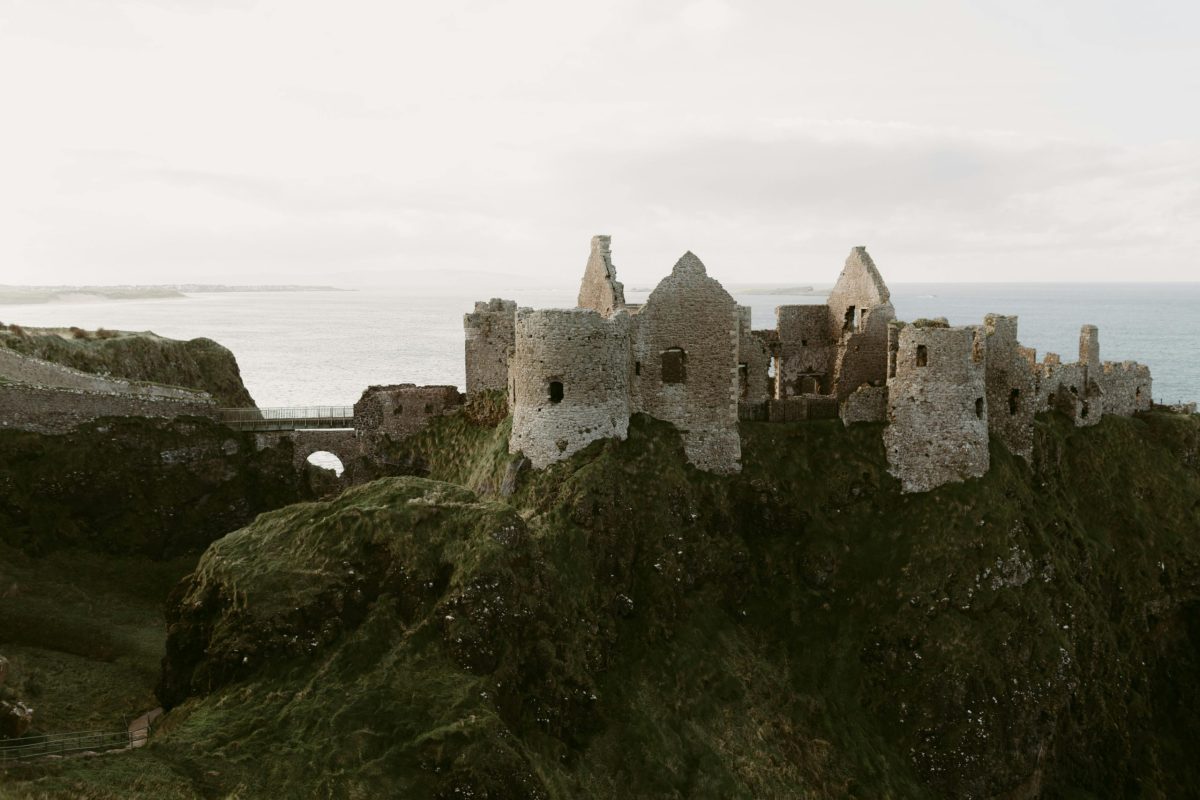Uncategorized
Bridget Cleary: Ireland’s Last Witch and Her Legacy
In the Shadow of the Thatch: The Hidden Life and Legacy of the Last Irish Witch, Bridget Cleary
Estimated reading time: 6 minutes
Key Takeaways
- Bridget Cleary’s story reflects the struggles of women against societal norms.
- Her tragic end underscores the dangers of superstition and fear.
- Bridget became a symbol for independence in a traditional society.
Table of Contents
Introduction
The Heart of the Story
The Wider Echo
The Now & The Next
Did You Know?
FAQs
Final Word
Introduction
In a world dominated by the rational and the mundane, there exists a raw, pulsating thread of magic woven into the fabric of Irish history. Among the stories that dance in the flickering shadows of our past is that of Bridget Cleary — the last witch of Ireland, whose life and tragic end still haunt us like a fading song. Is she a heroine, a victim, or a symbol of a bygone era? To understand Bridget is to embrace the complexity of Irish life where love, betrayal, and fear tangled in a dance as old as time itself.
The Heart of the Story
Bridget Cleary was born in 1871 in County Tipperary, into a world that still revered the old ways—a land where the fae and the superstitions whispered through the trees. She was no ordinary woman; known for her beauty and her independence, she straddled the worlds of the familiar and the mystical. It was this very independence that made her a target in the eyes of those who clung desperately to tradition. In 1895, her death at the hands of her husband, Michael Cleary, and his family marked a cataclysmic moment in Irish history—a culmination of myth, jealousy, and the relentless fear of the unknown. They called her a witch, a curse upon their household. Misguided and maddened by the loss of her health, they saw in her the powers and ills of ancient lore. In this rural Irish landscape, steeped in the spirit of County Tipperary, Bridget became a harbinger of change, a symbol of what could be if one dared to stand apart.
The Wider Echo
Bridget’s story transcends the borders of time and place. It’s a reflection of the societal struggles that continue to reverberate through Ireland—tension between progress and tradition, between the perceived and the real. In a community angry to shield itself from the shadows of witchcraft, the tragedy of her life echoes as a warning against fear and ignorance. “She was no witch; they made her one,” the historian Conal Creagh puts forth in his poignant observations on how folklore can illuminate disturbing truths about misogyny and the consequences of unchecked beliefs. Bridget Cleary could have been one of the women forging new paths; instead, she met a brutal end, her name and legacy forever scarred.
The Now & The Next
Today, we face our monsters anew. The ghost of Bridget haunts the modern world in the struggles of women seeking their place in the ever-evolving Irish society. The headlines might speak of different battles—the housing crisis, speaking out against domestic violence, and fighting for equal rights, but the battle for recognition and respect remains the same. In every young girl brave enough to wear her independence as a badge, Bridget’s spirit flickers in the torchlight, demanding to be remembered, to be honored, to be revered. Her tragic narrative compels us to rise against the fears that still keep women shackled in shadows. Much like the GAA jerseys worn with pride on the field, we now sport the fight for equality like a second skin—unapologetic, determined, and with hearts full of hope.
Did You Know?
- The term “witch” in Ireland was historically used to describe women who defied societal norms, often leading to tragic outcomes.
- The trial of Bridget Cleary was one of the last witch trials in Western Europe, reflecting the struggle against ingrained superstitions and the persecution of women.
FAQs
What was Bridget Cleary accused of?
Bridget was accused of witchcraft after her husband and family believed her to be under the influence of otherworldly forces when she fell ill. Her refusal to conform to societal expectations branded her a witch in their eyes.
How does Bridget Cleary’s story resonate today?
Bridget’s legacy highlights ongoing issues of misogyny and the dangers of superstition. It acts as an urgent reminder that true empowerment involves recognizing and confronting social prejudices.
Final Word
In remembering Bridget Cleary, we acknowledge the intertwining of history and folklore, the fierce independence of Irish women, and the courage it takes to own one’s narrative. As we carry her spirit forward, let us weave a new story—one of strength and unity, where shadows no longer hold power over our fate.
If you carry the same pride we do, you’ll find a piece of home waiting at
HubIrish.com.

